Ancient MesoAmerica News Updates 2008, No. 36: Chaco Canyon - Locally Employed Turquise Both From Local and Distant Sources
For a long time it was believed that the inhabitants of the Chaco Canyon sites employed locally retrieved turquoise from the Cerrillos mine for their own products. New research shows that the turquoise employed in ancient local jewelry came to the Caco Canyon communities from a variety of sources, from the nearby located Cerrillos source, but also from Orogrande in southern New Mexico, the No. 8 Mine in northern Nevada, and the Montezuma source in southern Nevada. As archaeologist Norman Hammond comments in the online edition of The Times today, Monday May 5, 2008, previously analyzed turquoise objects need to be re-examined to establish the composition of the turquoise and identify the original source or sources of the mineral as well as the ancient trade networks (edited by AMaNU):
New look at turquoise treasures of the Aztecs - Many visitors to the American South West come back with turquoise jewellery: the Native American people of Arizona and New Mexico exploited local sources, and modern craftsmen have developed a prosperous industry. Thirty years ago the archaeological scientists Garman Harbottle and Edward Sayre used neutron activation analysis to show that turquoise mosaics from Mexico, found as far away as the great Maya city of Chichén Itzá in Yucatan and dating back to around AD900, used raw material originating in the Cerrillos mines between Albuquerque and Santa Fe in New Mexico, an overland distance of some 3,200 km (2,000 miles).
It was assumed that the Cerrillos mines had also supplied more local demand, for instance from the Chaco Canyon communities west of Santa Fe. A new technique of source characterisation, using hydrogen and copper isotope ratios established by secondary ion mass spectrometry (SIMS), shows that this picture was altogether too simple.
Sharon Hull and her colleagues report in the Journal of Archaeological Science [Vol. 35, No. 5, article on pages 1355-1369] this month that of eleven samples from Chaco Canyon sites, dating from AD 550 to 1050, only two could be attributed to the Cerrillos source. Two others came from Orogrande in southern New Mexico, three from the No 8 Mine in northern Nevada, and one from the Montezuma source in southern Nevada.
Although none of the Mexican mosaics has yet been re-examined in detail, this looks like a good idea: not only the Chichén Itzá pieces, but Aztec turquoise mosaics, such as those in the British Museum’s Mexican Gallery, could well yield evidence that ancient trade networks in late pre-Columbian America were much more complex than we have assumed (written by Norman Hammond; source The Times Online).
Sharon Hull and her colleagues report in the Journal of Archaeological Science [Vol. 35, No. 5, article on pages 1355-1369] this month that of eleven samples from Chaco Canyon sites, dating from AD 550 to 1050, only two could be attributed to the Cerrillos source. Two others came from Orogrande in southern New Mexico, three from the No 8 Mine in northern Nevada, and one from the Montezuma source in southern Nevada.
Although none of the Mexican mosaics has yet been re-examined in detail, this looks like a good idea: not only the Chichén Itzá pieces, but Aztec turquoise mosaics, such as those in the British Museum’s Mexican Gallery, could well yield evidence that ancient trade networks in late pre-Columbian America were much more complex than we have assumed (written by Norman Hammond; source The Times Online).




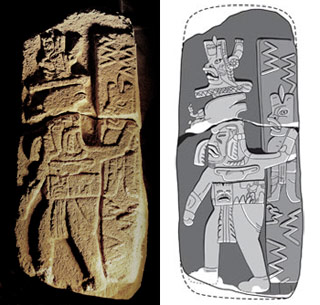




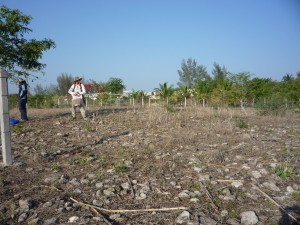



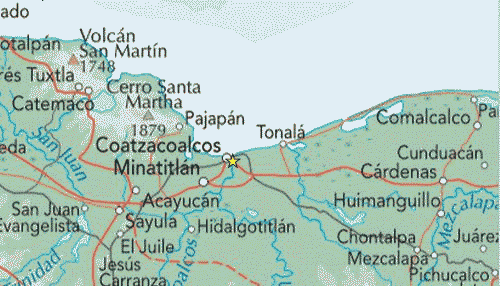




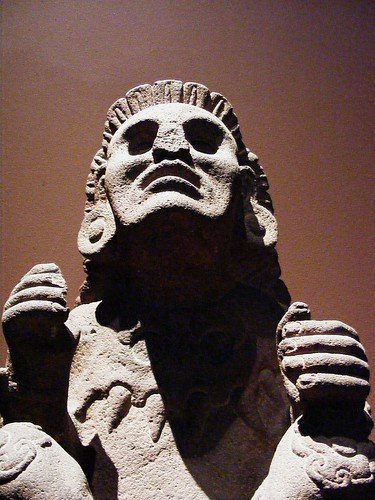






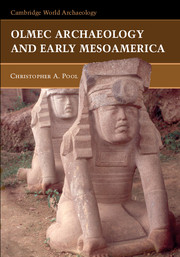






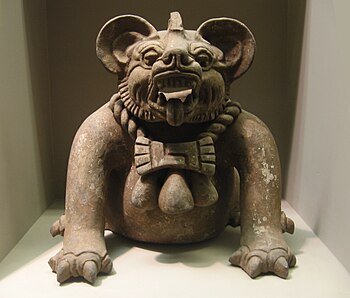

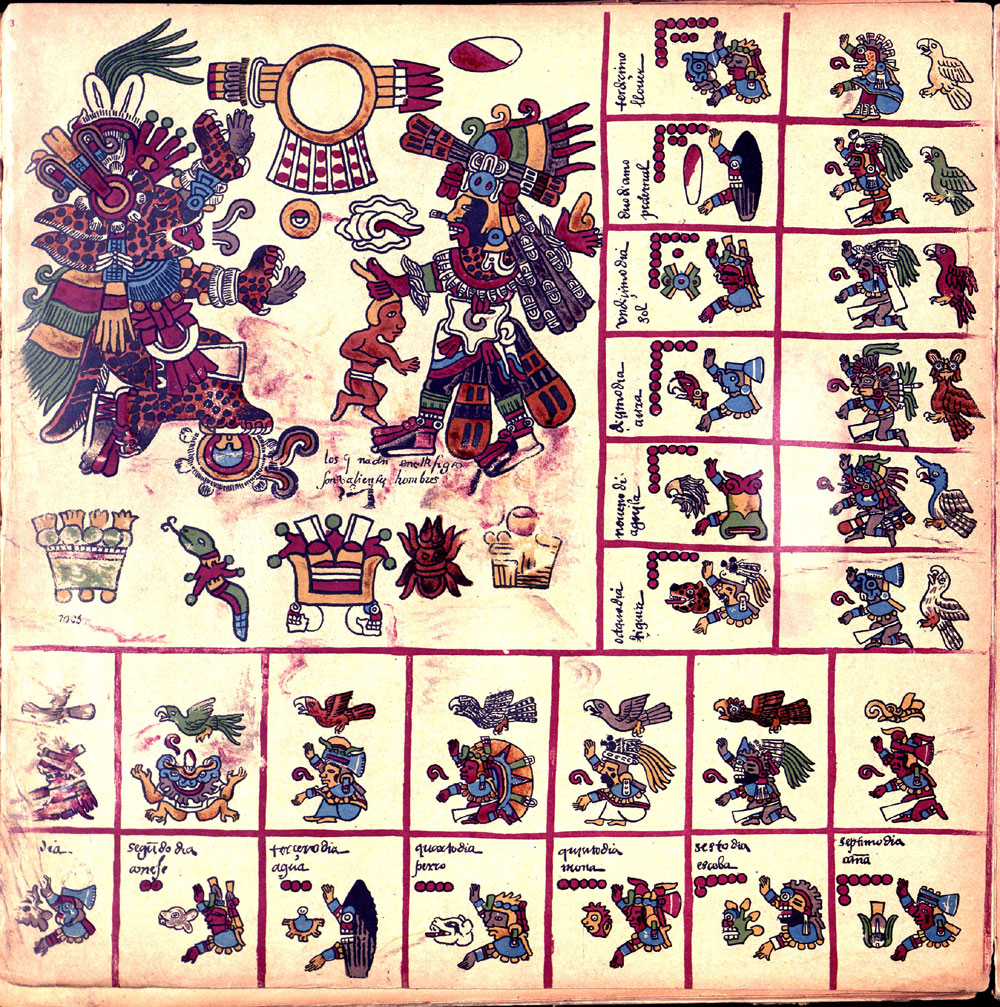

0 Comments:
Post a Comment
Subscribe to Post Comments [Atom]
<< Home